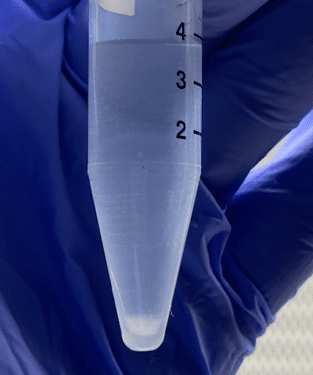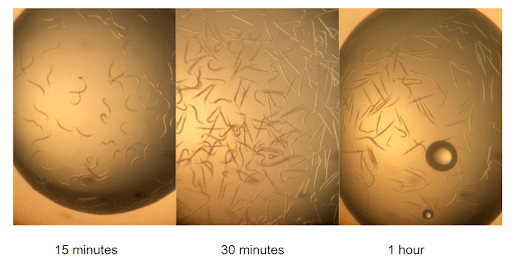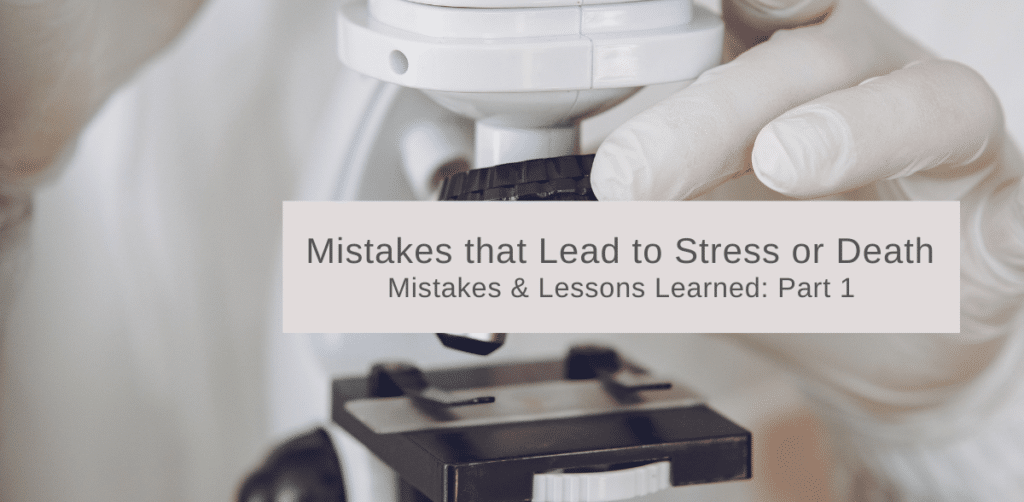Summary:
In this five part series we are exploring some common mishaps when working with C. elegans, so you can hopefully avoid them too! Especially since when testing a specific variable (compound, strain, etc.) we want to limit all other variables that may skew results or lead to inaccurate data. In this blog we will discuss ways worms may be stressed or killed unintentionally, such as being too rough or slow during worm transferring.
My worms are pine needle shaped and won’t move after a transfer. What happened?
Although growing C.elegans adapts many common microbiology techniques used on bacteria, we must remember that we are working with little animals! It is extremely easy to physically injure nematodes while picking or pipetting during liquid transfers (even with wide bore tips or Glass pipettes). This is vital to enter your experiments with worms at peak health to get the most efficacious and reproducible results. Aged worms (5+ days from L1 stage) are the most easy to injure and require the most care when doing a transfer. A good check to make sure that the worms you are transferring are healthy enough to continue with your experiments is to pick/plate them outside the food lawn of your petri dishes and then inspect the plate ~1h post transfer to make sure all worms have found the food and have moved outside the area you picked/plated them to.
One common issue that arises during a liquid transfer is that the worms experience hypoxic and population density stressors from being collected at the bottom of a conical tube for too long (see example images below). The localized environment with a high density population builds up waste products and depletes O2, therefore you should try to get the worms onto plates as quickly as possible and resuspend them if they have been settled for more than 10 minutes. One way we try to prevent this as much as possible at InVivo is by setting up multiple technical replicates that are a manageable size of worms to get washed and transferred individually. For lifespan experiments particularly it is also paramount to get the worms out of liquid as fast as possible because swimming expends more physical energy than crawling and can cause lifespan shortening effects
When counting and observing the plates during a transfer it is acceptable to see approximately 1 dead or pine needle shaped worm for every 200 worms plated (for WT). However, if you are seeing more dead bodies or parlysed, pine needle shaped worms then it is a good time to stop and check that you are not pipetting too vigorously during the washing and that you have not let the worms sit for too long.
![]()



References
- Stiernagle T. Maintenance of C. elegans. WormBook. 2006 Feb 11:1-11. doi: 10.1895/wormbook.1.101.1. PMID: 18050451; PMCID: PMC4781397
- Yin, D., & Haag, E. S. (2019). Evolution of sex ratio through Gene Loss. Proceedings of the National Academy of Sciences, 116(26), 12919-12924. https://doi.org/10.1073/pnas.1903925116
- Meneely, P. M., Dahlberg, C. L., & Rose, J. K. (2019). Working with worms:caenorhabditis elegans as a model organism. Current Protocols Essential Laboratory Techniques, 19(1). https://doi.org/10.1002/cpet.35
- Stuhr, N.L., Curran, S.P. Bacterial diets differentially alter lifespan and healthspan trajectories in C. elegans. Commun Biol 3, 653 (2020). https://doi.org/10.1038/s42003-020-01379-1
- Kirienko, N. V., Kirienko, D. R., Larkins-Ford, J., Wählby, C., Ruvkun, G., & Ausubel, F. M. (2013). Pseudomonas aeruginosa disrupts Caenorhabditis elegans iron homeostasis, causing a hypoxic response and death. Cell host & microbe, 13(4), 406-416. https://doi.org/10.1016/j.chom.2013.03.003
- Eisenmann, D. M., Wnt signaling (June 25, 2005), WormBook, ed. The C. elegans Research Community, WormBook, doi/10.1895/wormbook.1.7.1, http://www.wormbook.org.
- Wang, H., Zhao, Y., & Zhang, Z. (2019). Age-dependent effects of floxuridine (FUdR) on senescent pathology and mortality in the nematode Caenorhabditis elegans. Biochemical and Biophysical Research Communications. doi:10.1016/j.bbrc.2018.12.161
- Lucanic, M., Plummer, W., Chen, E. et al. Impact of genetic background and experimental reproducibility on identifying chemical compounds with robust longevity effects. Nat Commun 8, 14256 (2017). https://doi.org/10.1038/ncomms14256

